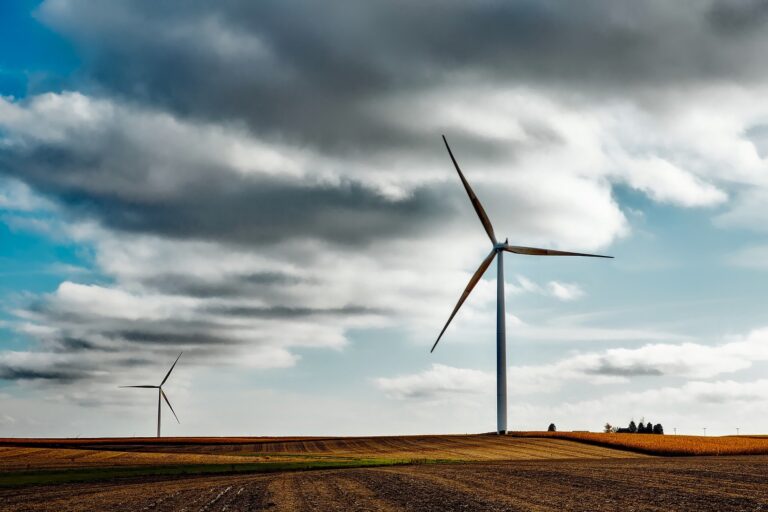A new study has found that global windspeeds are increasing, following a long period in which they appeared to be slowing down.
According to the research the global average windspeed has increased from about 7mph to about 7.4mph since 2010. The findings could be a boon for wind power with the speed increase translating to a 17% rise in potential energy for wind turbines.
The research team from Princeton University analyzed windspeed records collected between 1978 and 2017 from more than 1,400 weather stations, most of them in regions of the world where wind power is on the rise.
The study reveals a reversal in the long-term trend of global windspeeds slowing down, which began in the 1970s – a phenomenon known as global terrestrial stilling. It also appears to debunk one of the main theories for global stilling, which was the supposed impact urbanization has in slowing down windspeeds by adding more drag to the Earth’s surface.
Since the pace of urbanization has continued in the last decade at the same time as windspeeds have risen this theory appears no longer to hold water.
The Princeton team instead found an alternative explanation for the changes in global windspeed. Using statistical methods they compared variations in windspeed with a number of well-characterized ocean-atmosphere oscillations.
Ocean-atmosphere oscillations, periodic variability in the climate over the Earth’s oceans, are known to change the distribution of heat and atmospheric pressure. Climate scientists have long understood that these changes in distribution are what drive ocean windspeeds.
The Princeton study, which was published in Nature Climate Change, posited that they have a similar impact on land-based windspeeds. And since the periods in between these oscillations between warmer and cooler temperatures can sometimes last decades, the authors suggest that a large-scale oscillation may have been the trigger for windspeeds picking up.
If this is true then it would mean that global windspeeds are set to continue to rise, with positive repercussions for wind energy generation. According to the Princeton team, if the current pattern continues average global power generation could increase by as much as 37% by 2024.



